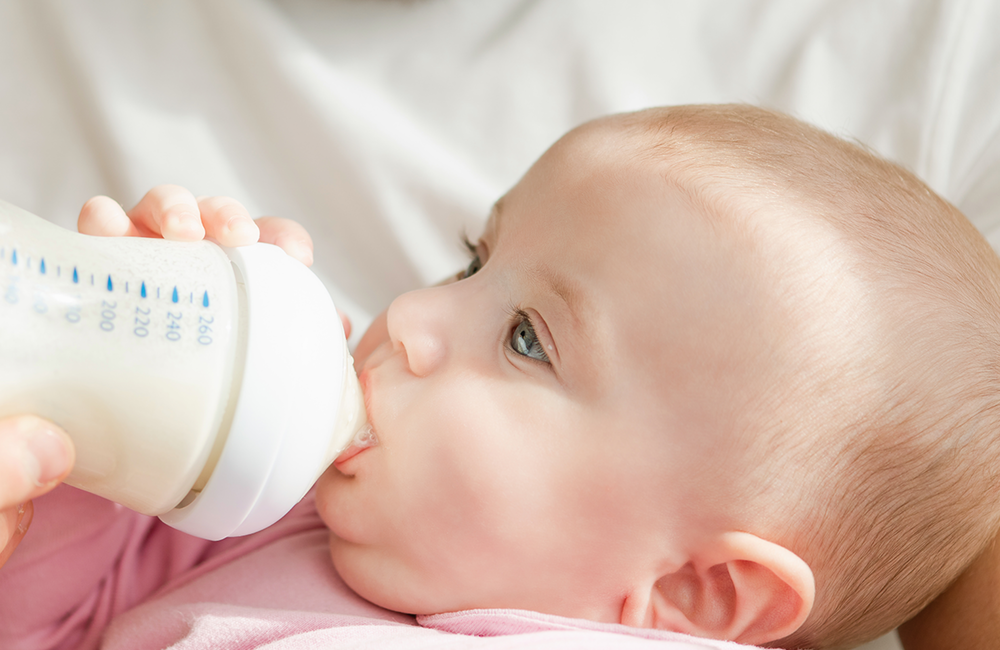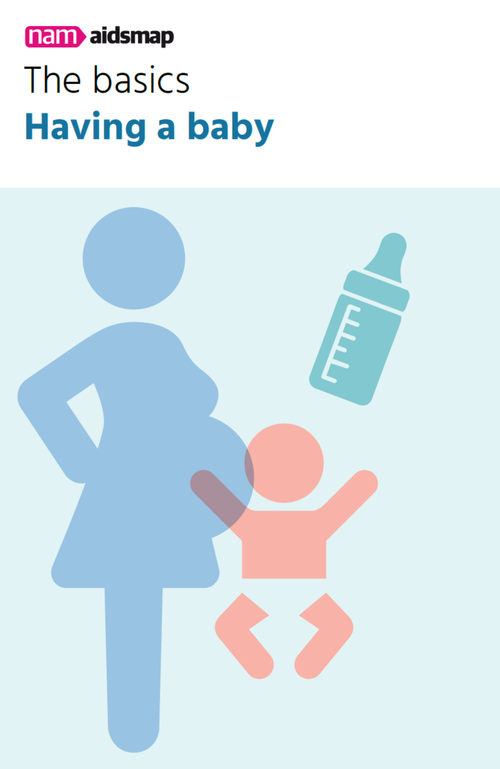
In many developing countries, a two-dose regimen of nevirapine (NVP) around the time of birth is advocated as the most cost-effective way to prevent mother to child HIV transmission. One dose is taken by the mother at the onset of labour and one dose is given to her baby, between 48 and 72 hours after birth. In some circumstances – when the mother’s dose is given only shortly before birth – an extra dose for the baby is called for. A new report in the June 1st edition of the Journal of Acquired Immune Deficiency Syndromes argues, from clinical trial evidence, that this can safely be limited to cases where the dose-birth interval is two hours or less.
The goal is to achieve a 100 nanograms/millilitre concentration of the drug in the baby’s blood, from before birth and for a week afterwards, although the precise level of the drug needed to prevent HIV transmission is unknown. The level needed to achieve 50% inhibition of wild-type virus in cell cultures is 10 ng/ml.
Where childbirth occurs very soon after the dose is given to the mother, there may not be time for the drug to cross the placenta and reach an effective level in the infant before the birth. In this case, the only action that can be taken is to give an extra dose to the baby at the time of birth.
What time really needs to elapse between the prenatal dose and childbirth, for the baby to be protected at the time of birth and for the first 48 to 72 hours of its life? An answer to this question has now been provided by a clinical trial, PACTG 316, in which 1506 pregnant women with HIV were enrolled in the USA, Europe, Brazil and the Bahamas.
In addition to effective ARV treatment (with a regimen that did not include nevirapine or efavirenz), the women took a single oral dose of either nevirapine or a placebo at the onset of labour. A second dose was given to the newborn baby between 48 and 72 hours after birth. In the US arm of the trial, blood was drawn from infants immediately before the nevirapine dose was given, and analysed to find the level of NVP in their blood. Results from 149 infants whose mothers had received NVP were available for analysis.
There was a strong link in this study between the interval between the mother’s dose and childbirth, measured in hours (“dose-birth interval”), and the NVP level in the baby at 48 to 72 hours.
Where the dose-birth interval was less than an hour, all babies (12/12) had NVP levels below 100 ng/ml. As the dose-birth interval increased this proportion fell, as follows:
5/17 (29%) for 1-2 hours; 3/24 (13%) for 2-4 hours; 2/38 (5%) for 4-6 hours; 1/58 (2%) for more than 6 hours.
When a lower cut-off limit was applied (the lower limit for detecting the drug, between 25 and 50 ng/ml), all but one of the 13 babies with undetectable NVP were born within 2 hours of the dose to the mother.
The recommendation from this study is that the extra dose to babies immediately after birth should be limited to those babies born within 2 hours of the dose being given to their mother. A higher time threshold, up to 6.7 hours, might be needed to guarantee that all babies reached the 100 ng/ml target level for as long as possible, but this would be at the cost of giving a second dose to many babies who do not need it. While this would be unlikely to cause harm, it would reduce the cost-effectiveness of the strategy and there is no evidence that such over-provision is really needed even by the babies who failed to reach 100 ng/ml.
Overall, this study failed to show any benefit from adding nevirapine to an effective HAART regimen, in preventing HIV transmission. However, the rate of transmission – 1.5% - was so low that it led to the early closure of the trial as the trial could not show such a benefit even if it existed. The bigger lesson of this trial may be, that effective ARV treatment for pregnant women, regardless of the regimen used, is greatly more effective in preventing mother-to-baby transmission of the virus than any of the short course HIV treatment regimens currently on offer.
Mirochnick M et al. Predose infant nevirapine concentration with the two-dose intrapartum neonatal nevirapine regimen: association with timing of maternal intrapartum nevirapine dose. JAIDS 33:153-156, 2003.

